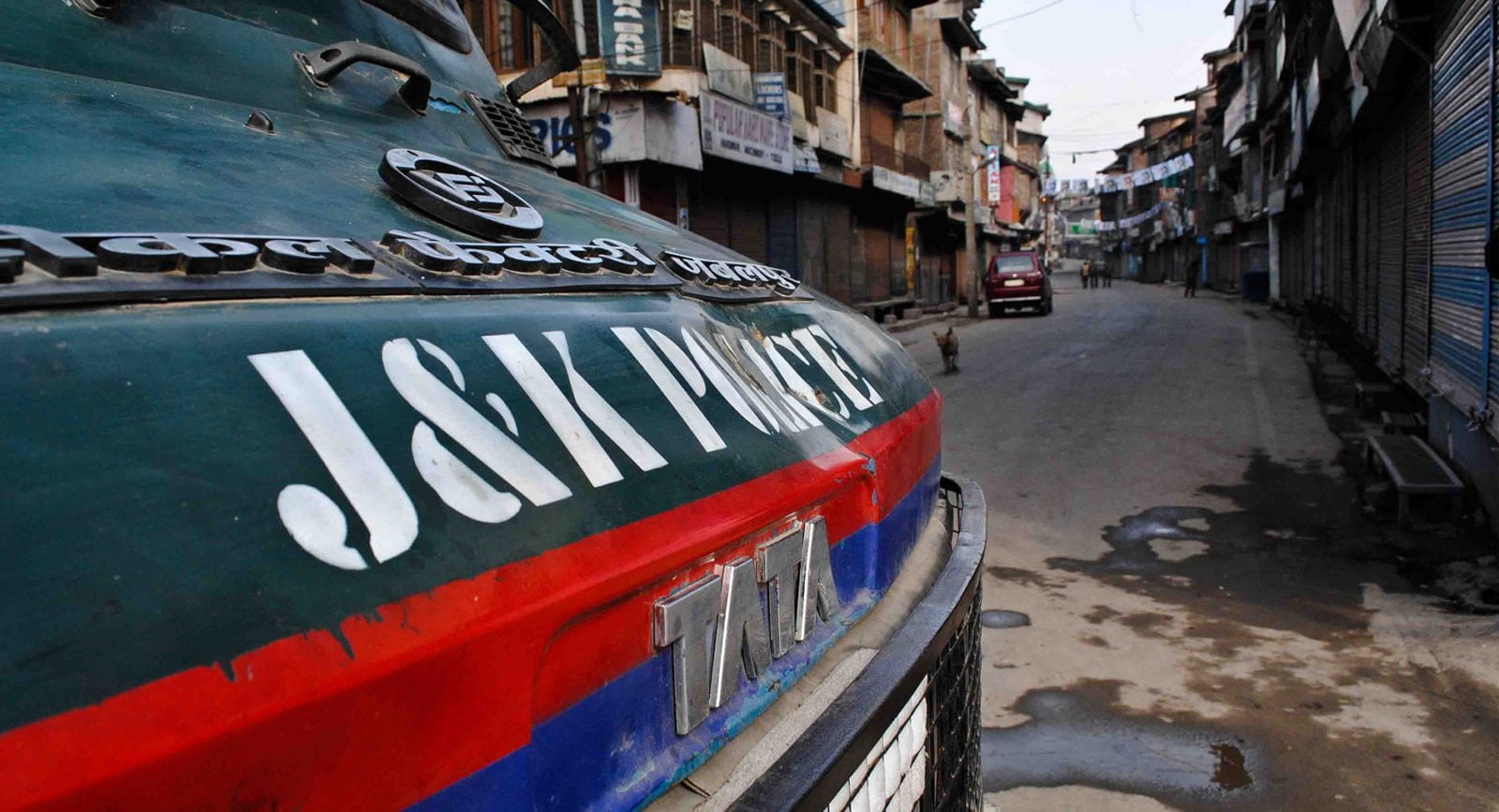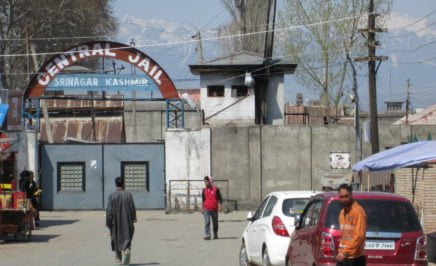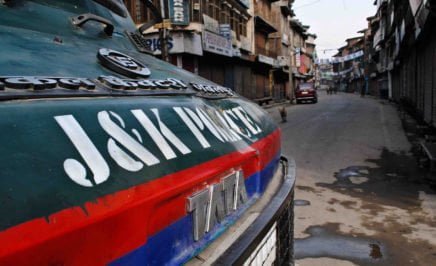Security forces are using arbitrary and excessive force in response to protests in Jammu and Kashmir, violating international standards and worsening the human rights crisis in the state.
At least 78 people, including two security force personnel, have been killed in the state since 8 July, following protests and violent clashes after the killing of a member of the Hizbul Mujahideen armed group. Some demonstrators have thrown stones and attacked police stations, government buildings and politicians’ homes. Security force personnel have fired live ammunition, tear gas and pellets from pump action shotguns.
“Pellet-firing shotguns have injured and blinded peaceful protestors and bystanders,” said Aakar Patel, Executive Director at Amnesty International India. “Children have been hit by pellets from these shotguns while sitting inside their homes.”
“Children have been hit by pellets from these shotguns while sitting inside their homes.”
“These weapons are inherently indiscriminate and always carry the risk of causing serious injury to people who are not engaging in violence. There is simply no proper way to use these weapons, and they should be prohibited.”
On 10 September, a man was killed after being fired at by a pellet-firing shotgun in Anantnag district. Another man in Shopian district died after he was hit on the head by a tear gas shell.
“There is simply no proper way to use these weapons, and they should be prohibited.”
At least six people have been killed and hundreds blinded or otherwise injured by pellet-firing shotguns. According to media reports, on 2 September, India’s Ministry of Home Affairs (MHA) approved the use of PAVA (Pelargonic Acid Vanillyl Amide) shells, a chilli-based munition, as an alternative to pellet-firing shotguns, which were to be used only in ‘rare’ cases. However there have been over 100 reported cases of pellet injuries in the first week of September at hospitals in Srinagar.
At least six people have been killed and hundreds blinded or otherwise injured by pellet-firing shotguns.
The UN Basic Principles on the Use of Force and Firearms state that firearms should not be used “except in self-defence or defence of others against the imminent threat of death or serious injury” and “only when less extreme means are insufficient”. The UN Code of Conduct for Law Enforcement Officials states that law enforcement officials may use force “only when strictly necessary and to the extent required for the performance of their duty”.
The MHA approved the use of PAVA shells on the recommendation of a committee formed to suggest alternatives to pellet-firing shotguns. PAVA shells are a form of chemical irritant weapon, which are designed to temporarily deter or disable individuals by producing temporary sensory irritation of the eyes and upper respiratory tract. They are commonly delivered through hand-held sprays, hand-thrown grenades or from weapon launched projectiles. Neither pellet-firing shotguns nor PAVA shells have been used to police protests anywhere else in India.
“Chemical irritants have the potential to be used in an arbitrary or indiscriminate manner,” said Aakar Patel. “Before being deployed, these weapons should go through a rigorous safety, testing and approvals process. Security forces must be trained to use them correctly to reduce the risk of unnecessary injury, and they must be accompanied by clear instructions and warnings on their use, effects, risks, and the necessary precautions to be taken.”
“Chemical irritants have the potential to be used in an arbitrary or indiscriminate manner.”
“The concentration of chemical irritants should be as low as possible to ensure that they do not cause unnecessary harm, and to restrict the impact to the persons targeted. Their use must be carefully measured, targeted and controlled, and take into account factors such as the proximity of schools or hospitals.”
The Resident Doctors Association of the Shri Maharaja Hari Singh Hospital – the largest government hospital in Srinagar – and associated hospitals have expressed concern at the proposed use of PAVA shells, which they say can cause a range of eye, lung and skin injuries.
The UN Basic Principles on the Use of Force and Firearms state: “The development and deployment of non-lethal incapacitating weapons should be carefully evaluated in order to minimize the risk of endangering uninvolved persons, and the use of such weapons should be carefully controlled.”
“The continued abusive use of pellet-firing shotguns, along with the deployment of the PAVA shells, is extremely worrying,” said Aakar Patel.
“Law enforcement officials in Jammu and Kashmir must only use force as a last resort after non-violent means have been ineffective, and ensure that any force used is both necessary and proportional. Anyone suspected of using arbitrary or abusive force should be prosecuted.
“The central and state governments need to abandon their heavy-handed tactics in Kashmir.”
“The central and state governments need to abandon their heavy-handed tactics in Kashmir.”
More information
Any new weapons or ammunition intended for use in law enforcement should be considered only if they meet operational needs which cannot be met in any other way. If they are assessed as being needed, they must be rigorously tested on their efficacy, including their accuracy, precision and reliability, and the degree of possible harm and other effects they may cause.
There must be evidence that the use of the weapons complies with international human rights standards, particularly in meeting the principle of proportionality, the prevention of risks for third persons, and the prevention of misuse. Testing should be carried out by an independent body, and the results made public.
Security force personnel must receive adequate training and certification as a precondition before being allowed to use new weapons during law enforcement. The training should also sensitize them on the underlying principles on the use of force.
The use of new weapons must also be subject to thorough reporting, supervision and control mechanisms in order to continually evaluate their effectiveness, effects and risks.




